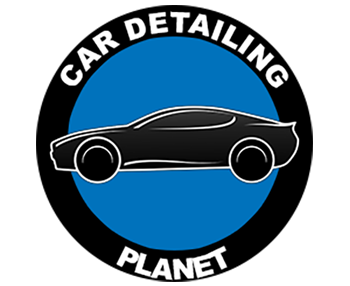Can You Use a Drill To Polish Your Car?
Car Detailing Planet is a part of Amazon Associates. As an Amazon Associate, we earn from qualifying purchases. Read our Affiliate Disclosure to learn more.

I recently tried polishing the hood of my car with a drill, and I decided to share my experience and opinion in this post. For all of you who were wondering if polishing a car with a drill is possible, here’s the answer.
Key Takeaways:
- Drills and cordless drills can be used for car polishing. You just have to buy a drill attachment to which you can attach buffing pads.
- I don’t recommend polishing with a drill unless you have no other option or you’re just polishing some small scratch or headlights.
- Drills aren’t made for polishing, and it’s hard to keep them leveled, which may cause uneven polishing results.
- One situation where I recommend polishing with a drill is when you need to polish wheels or exhausts because you’ll be able to reach deeper with a drill when compared to car polishers.
Reasons Not To Use A Drill For Car Polishing
Here are the main reasons why I don’t recommend you use a drill for polishing your car.
Reasons To Use a Drill For Car Buffing
As always, I’m trying to be very objective. There are some reasons why using a drill for car polishing could be a good option.
How To Polish a Car With a Drill?
If you decide to polish your car with a drill, here’s how you should do it:
- Mount a car polish drill attachment to the drill (or the cordless drill)
- Add some polishing paste to the pad (check my recommended car polish products)
- Spread the paste over the pad using your fingers
- Spread the paste on the scratches you want to remove – do this with the polishing pad while the drill is still turned off (tap the car paint a few times)
- Start polishing – keep the drill straight (90-degree angle), and don’t press it too hard.
- Don’t forget to work on small areas only.
If you need a polishing tool for drills, I recommend buying Meguiar’s Dual Action Polishing Tool For Drills. It’s the best drill attachment you can get that will help you polish a car.
Using a drill to polish a car may not be the best and easiest method, but it can surely remove some scratches and bring back the car paint’s shine.
Final Thoughts
As you can see above, the drill can be used to polish your car, but it’s not the ideal solution and should only be used when you have no other option.
I tried it, and I wasn’t happy with the results. It all just seems too complicated, and in the future, I may only use a drill to polish car headlights after removing oxidation from them. And that’s all.
There are many budget-friendly car polishers out there, and if you’re serious about polishing your car, it’s a much better choice.
Cordless drills are best when used for removing car seats or using them to brush the seats and carpets with dedicated drill brush attachments.
Related articles:

